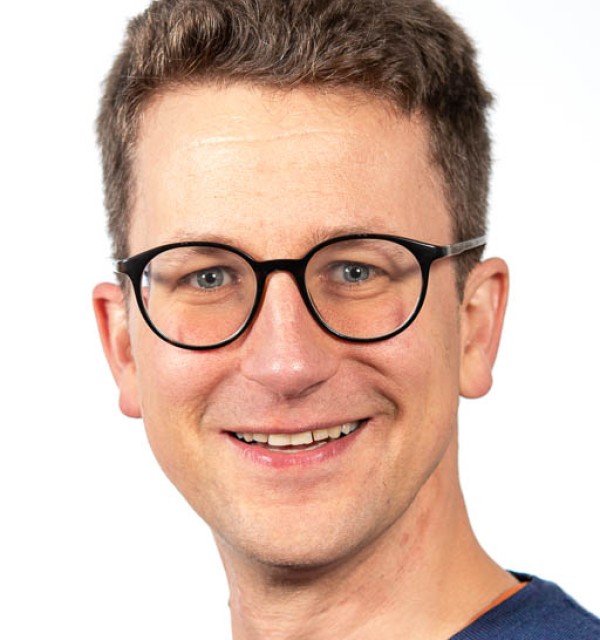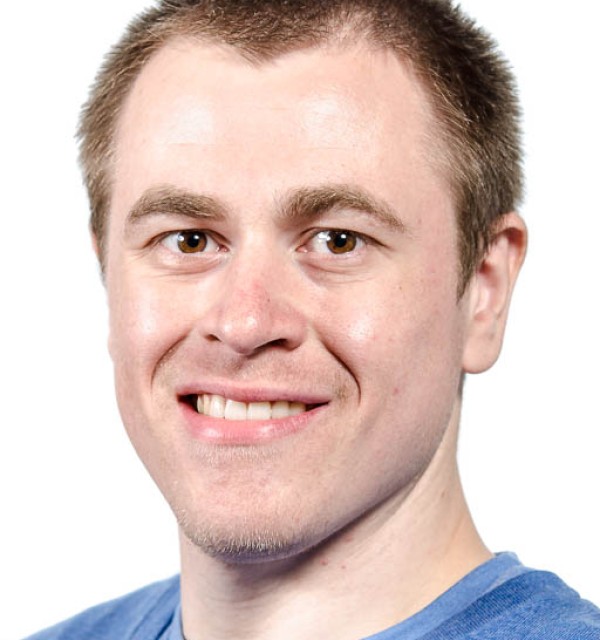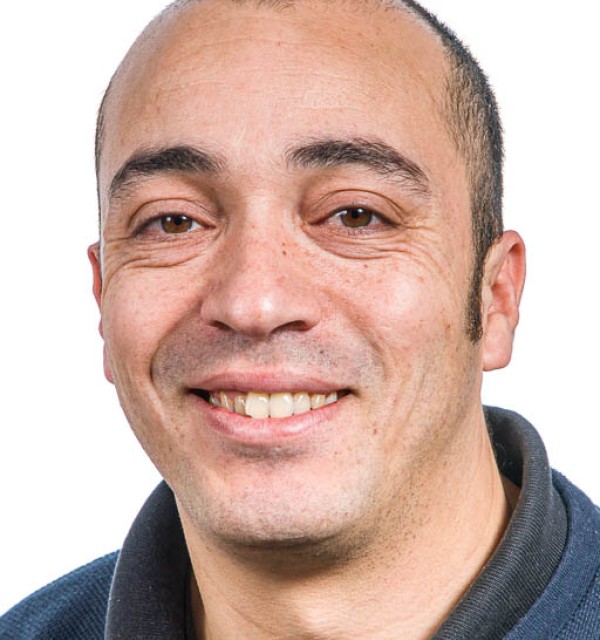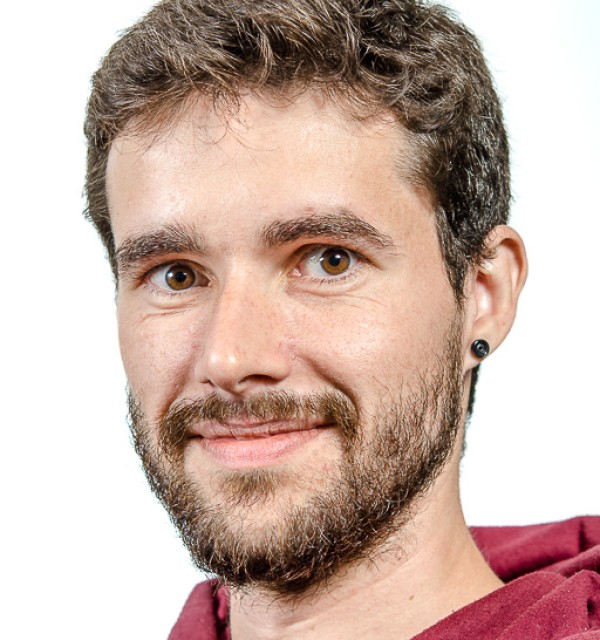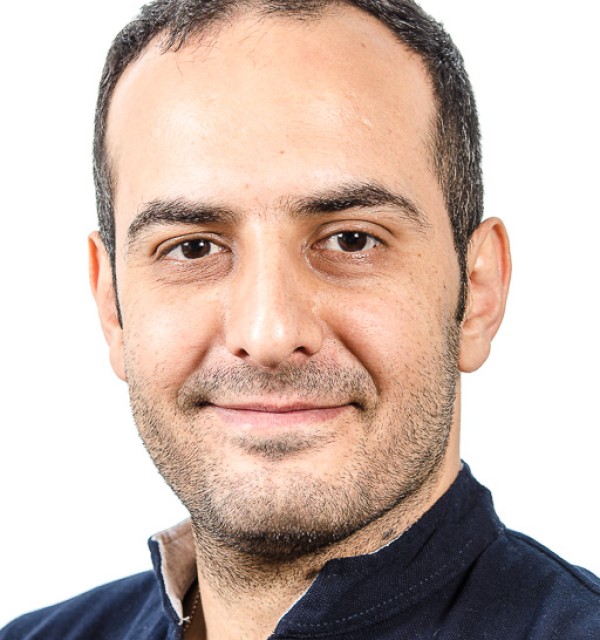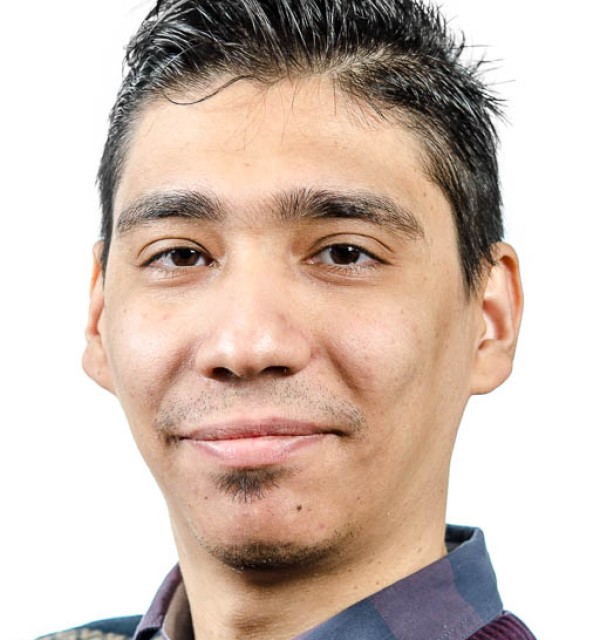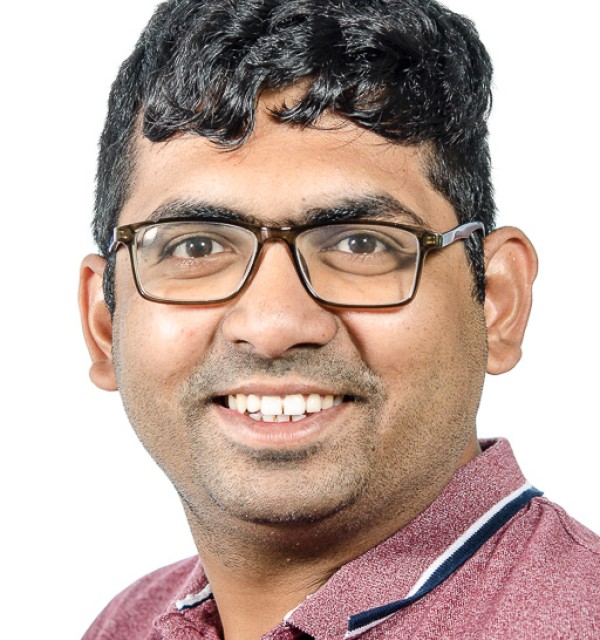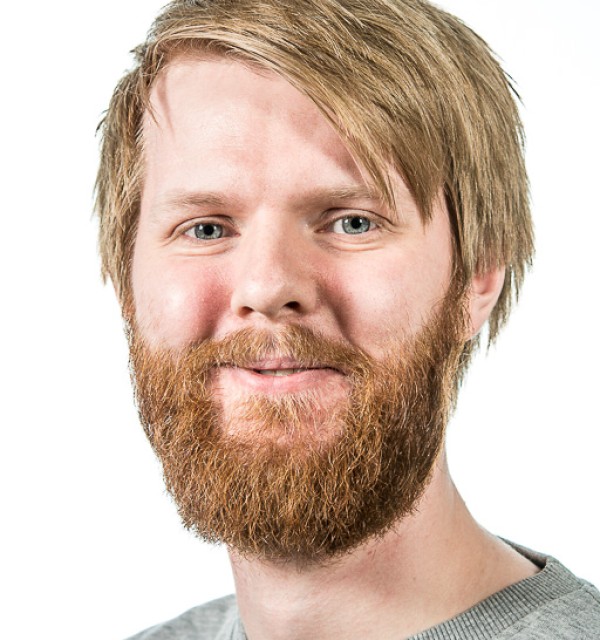At the reliable systems lab, we design and evaluate computer systems to create more reliable, secure and accessible digital infrastructure.
4
5
5
Our lab specialize in building reliable and secure distributed systems and evaluate their robustness to failures and attacks.
Featured projects
- BBChain, funded by FRIPRO RCN
- Credence, funded by INTPART RC
- Gorums
- relab/hotstuff
- QuickFeed
News
Racin and Rodrigo won Best dApp using Swarm decentralized storage and Best search mechanism for Wikipedia offline snapshots at WAM Hackathon 2022.
Areas of Expertise
Our lab specialize in building reliable and secure distributed systems and evaluate their robustness to failures and attacks. Such systems form the foundation for modern cloud computing infrastructures, decentralized system and blockchains. We apply both theoretical and experimental methods to design and evaluate our algorithms and systems. In particular, we evaluate our algorithms in realistic cluster environments or across the Internet.
Our past and current projects include the following areas:
- Byzantine and crash fault tolerant systems, e.g., Paxos-based replicated state machines
- Fault tolerant atomic storage, e.g., key/value storage systems
- Reconfiguration of replicated state machines and atomic storage
- Advanced testing of distributed systems, e.g., timing tests in robotics systems
- Reliable and long-term storage systems at the intersection between information theory and reliable storage systems
- Private storage systems via cryptographic data structures and information theory
- Incentives and reputation algorithms for task-driven or relationship-driven communities
- Smart contracts for authenticated digital documents, e.g., academic credentials
- Simplification of complex distributed algorithms via software artifacts
- Visualization of failure-repair dynamics in different storage environments
Relab is part of the university's initiative on artificial intelligence – Stavanger AI Lab.
BBChain
Efficient Trustworthy Computing with Blockchains and Biometrics
This project is developing novel intrusion-tolerant blockchain structures, algorithms, and systems based on biometrics, such as fingerprints, speech- and face recognition. Beyond conducting basic research on permissionless computer systems and algorithms, the project is also constructing a prototype system for secure and permanent storage of digital artifacts, such as health records and grade transcripts. Our goal is to provide authenticity and availability of stored artifacts at a security level not possible with existing technology. We do this by combining our energy efficient blockchain protocol with biometrics. This implies preventing unauthorized manipulation or removal of data; even in the event that some of the participating computers have failed or are controlled by an attacker. The system ensures that users can always retrieve stored artifacts based on secure biometrics-based access.
The potential impact of the project is a substantial improvement in the trust placed on digital artifacts and services, since they can be inextricably tied to their owners through biometrics. This can help ensure the authenticity and accuracy of important artifacts such as health records and grade transcripts.
The project is funded by the Research Council of Norway with a 10 million NOK grant from the FRIPRO program.
Master thesis projects associated with BBChain:
- Pariwesh Subedi, Deploying Credentials using the Libra Blockchain: Design, Implementation and Evaluation, 2020.
- Simen Andre Jakobsen, Design, Implementation, and Evaluation of Academic Credentials on the Hyperledger Fabric Blockchain, 2020.
- Eivind Bakkevig, Implementing a Distributed Key-Value Store Using Corums, 2020.
- Elisabeth Bratli, Document Verication System on iOS with Face ID/Touch ID, 2019.
- Vebjørn Kaldahl Bottenvik, Biometric Authentication from ECG Signals on Wearable Devices, 2019.
- Racin Nygaard, Distributed Storage with Strong Data Integrity based on Blockchain Mechanisms, 2018.
Credence
Collaboration Network for Excellent Education and Research in Dependable and Secure Distributed Systems
The project aims to develop and expand existing collaborations in research and higher education between several partners from Brazil, Canada, USA and Norway. The partnership includes research focused on both technical and socio-technical aspects of dependable and secure computer systems, with particular emphasis on technologies such as blockchain.
Specific activities include organization of workshops and summer schools, development of new and improved curriculum for advanced courses in cutting-edge technologies, research collaboration on master thesis projects, joint supervision of graduate students, as well as personnel mobility for both research and education.
This partnership will enable the research groups at UiS and UiO to improve the quality and efficiency of our research and researcher training both at master and PhD level. Moreover, the Credence partnership will enable an institutionalized collaboration beyond existing personal connections, which will facilitate improved quality and volume of research and education output.
The project is funded by the Research Council of Norway with a 4.5~million NOK grant from the INTPART program.
Gorums
A Framework for Building Quorum-based Distributed Systems
Gorums is a novel framework for building fault tolerant distributed systems. Gorums offers a flexible and simple quorum call abstraction, used to communicate with a set of processes, and to collect and process their responses. Gorums provides separate abstractions for selecting processes for a quorum call and processing replies. These abstractions simplify the main control flow of protocol implementations, especially for quorum-based systems, where only a subset of the replies to a quorum call need to be processed.
Gorums uses code generation to produce an RPC library that clients can use to invoke quorum calls. Gorums is a wrapper around the gRPC library. Services are defined using the protocol buffers interface definition language.
Thesis projects associated with Gorums:
- John Ingve Olsen and Hans Erik Frøyland, Implementing HotStuff with Gorums, 2020.
- Tor Christian Frausing, Reconfiguration Abstractions for Gorums: Providing Out-of-the-box Reconfiguration to Systems Using the Gorums Framework, 2018.
- Patrick Haaland, Chain Replication in the XFT Model, 2018.
- Sebastian Mæland Pedersen, Reconfiguring Raft using Gorums, 2017.
CredApp
Blockchain-based Academic Credentials
This project aims to redefine how academic credentials are created and distributed by exploring the consistency, availability, and timestamping guarantees offered by blockchain systems.
Our academic certification process builds academic credentials following a hierarchal construction of smart contracts and establishes a causal ordering between all sub-certificates that compose it.
The issuing of academic credentials no longer depends on a single institutional signature, and it is not anymore the product of a unique issuing event, but the result of a chain of signed proofs and operations between all involved parties that can be publicly verifiable.
This new construction ensures transparency and accountability of the issuer's operations, allowing the development of a more trustworthy certification process that can be audited and accessed by any entity in the world.
Further, the transparency of the certification process simplifies the detection of fraud both within institutions and due to degree mills.
Smart Contracts for Academic Credentials
The goal of this project is to redene how academic credentials are created and distributed by exploring the consistency, availability, and timestamping guarantees offered by blockchain systems.
Our academic certication process builds academic credentials (e.g diplomas), following a hierarchal construction of smart contracts and establishes a causal ordering between all sub-certicates that compose it. Through the hierarchical composition of sub-certicates, the issuing of academic credentials does no longer depend on only a single institutional signature and it is not anymore the product of a single issuing event, but the result of a whole chain of signed proofs and actions of all involved parties that can be publicly veriable.
This new construction ensures transparency and accountability of the issuer's actions, allowing the development of a more trustworthy certication process that can be audited and accessed by any entity in the world. Further, the transparency of the certication process simplies the detection of fraud both within institutions and due to degree mills.
QuickFeed
Instant Feedback on Programming Assignments
The goal of QuickFeed is to strengthen the learning outcomes for students in programming courses with near instantaneous feedback to students. To this end, we have built a web frontend and backend system for immediate automated feedback on student submitted programming exercises.
With QuickFeed we have experienced a lower barrier for students to approach teaching staff to ask for help, since students know what to ask for, making the interactions with teaching staff more useful. Hence, being relived of the laborious task of reviewing assignments for approval, gives the teaching staff the opportunity to focus on helping those students that otherwise struggle to pass.
Testimonials from Former Students
In this section, we include excerpts of testimonials from former students that have been exposed to QuickFeed.
Bachelor student Christian Fosli said:
Continuous feedback from QuickFeed before the assignment deadline gave us opportunity to try again. Integration with GitHub and continuous integration used by QuickFeed mimic working practices used in the software industry, which is an extremely important skill set.
Master student Simen André Jakobsen said:
Without QuickFeed, students must endure a lengthy wait to show that the logic of their code works as expected. This is old school and time-consuming, shifting the student's focus to getting approved, rather than learning. With QuickFeed it becomes more motivating to pass the tests.
Snarl
Reliable Storage with Entanglements in Swarm
In cryptographic decentralized storage systems, files are split into chunks and distributed across a network of peers. These storage systems encode files using Merkle trees, a hierarchical data structure that provides integrity verification and lookup services. A Merkle tree maps the chunks of a file to a single root whose hash value is the file's content-address.
A major concern is that even minor network churn can result in chunks becoming irretrievable due to the hierarchical dependencies in the Merkle tree. For example, chunks may be available but can not be found if all peers storing the root fail. Thus, to reduce the impact of churn, a decentralized replication process typically stores each chunk at multiple peers. However, we observe that this process reduces the network's storage utilization and is vulnerable to cascading failures as some chunks are replicated 10x less than others.
Snarl is a novel storage component that uses a variation of alpha entanglement codes to add user-controlled redundancy to address these problems. Our evaluation shows that Snarl increases storage utilization by 5x in Swarm with improved file availability. File recovery is bandwidth-efficient and uses less than 2x chunks on average in scenarios with up to 50 % of total chunk loss.
Scientific staff
Department of Electrical Engineering and Computer Science
Department of Electrical Engineering and Computer Science
Department of Electrical Engineering and Computer Science
Department of Electrical Engineering and Computer Science
Department of Electrical Engineering and Computer Science
Department of Electrical Engineering and Computer Science
Department of Electrical Engineering and Computer Science
Department of Electrical Engineering and Computer Science
Department of Electrical Engineering and Computer Science
Department of Electrical Engineering and Computer Science
Laboratory IDE
External Collaborators and Visitors
- Håvard Johansen, The Arctic University of Tromsø
- Roman Vitenberg, University of Oslo
- Veronica Estrada-Galinanes, EPFL
- Natacha Crooks, UC Berkeley
- Suyash Gupta, UC Berkeley
- Rüdiger Kapitza, Friedrich-Alexander-Universität Erlangen-Nürnberg

